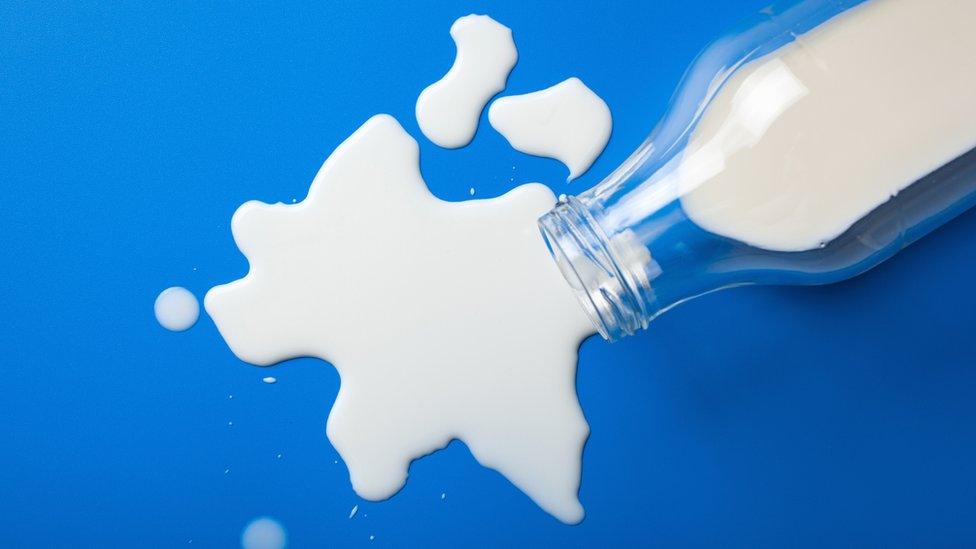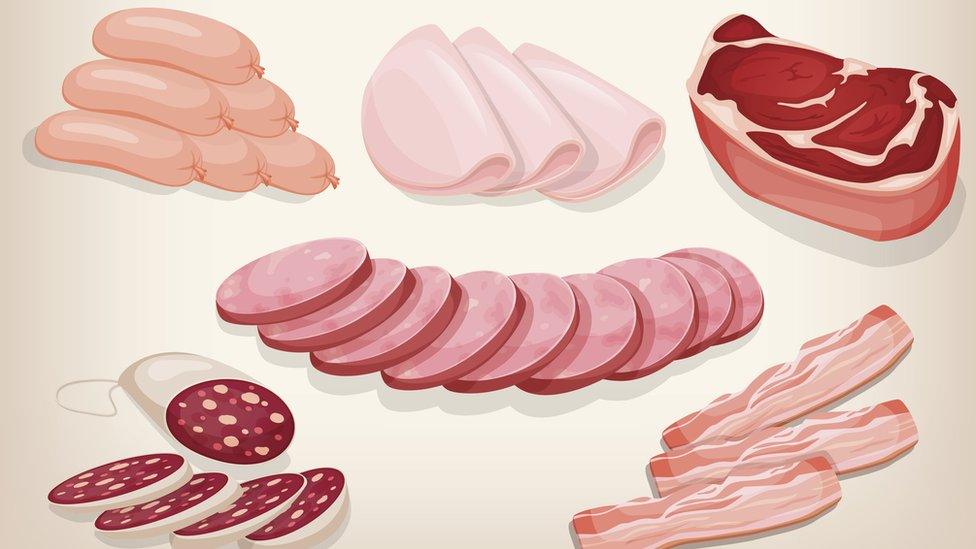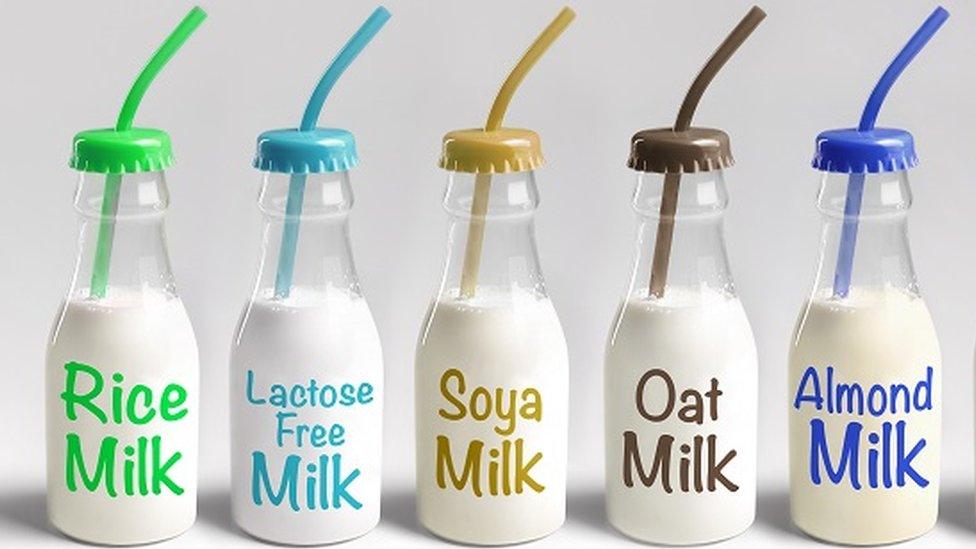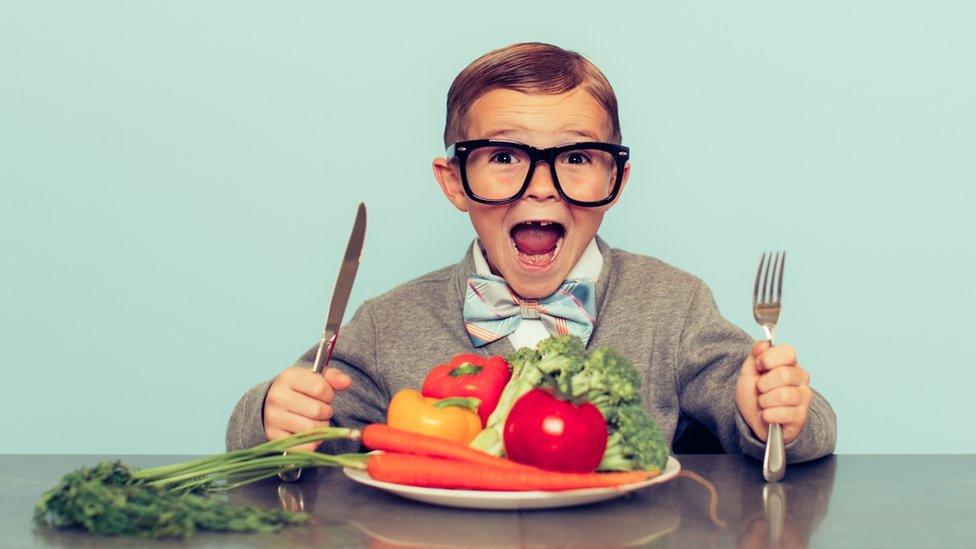BBC Young Reporter: Being lactose intolerant, Anisah's story
- Published
- comments
BBC Young Reporter: Being lactose intolerant, Anisah's story
Anisah, 13, is lactose intolerant which means she can't eat or drink anything with animal milk in it.
It means she has to be careful what she eats and has to have different food from her friends and family.
She says finding dairy free alternatives is difficult and that they can be much more expensive than products with cows' milk in them.
She wants to "campaign for cheaper lactose free foods to insure that in the future, we do not have to pay more to cater for our food intolerances".
Lactose intolerance is when a person gets a bad reaction when they eat or drink milk.
Their body might have problems digesting either the protein found in milk or the milk sugar, known as lactose.
There is not cure but many people cut out all animal milks from their diet to avoid side effects like stomach cramps, bloating or headaches.
Around one in 10 older children and adults in the UK are thought to have lactose intolerance. It's more common in South America, Africa and Asia.
Anisah's story
Anisah is lactose intolerant which means her body struggles to digest the sugar in animal milk, called lactose.
She first started getting headaches after she came back from holiday in 2019. She thought it was from jetlag but they carried on getting worse and she started being sick as well.
It was so bad she had to take a whole week off school.
After visiting a doctor she was given some medicine for her migraines (really bad headaches) but even this didn't fully solve the problem.
Then Anisah's mum noticed the headaches came on after she had eaten products with milk in so she suggested Anisah try cutting dairy out from her diet and that helped a lot.

Anisah can't have any food or drink with milk in
There is no cure for lactose intolerance so Anisah manages it by being careful about what she eats but says it is hard because she always has to check if food contains lactose.
Anisah said: "I constantly have to check the ingredients on the back of everything I eat, because so many foods have milk in them."
She also struggles to "fight the temptation to just eat what I want. When someone offers you chocolate or cake it can be really hard to say no."
Medicines and pills
Chewing gum
Processed meats like bacon, salami or chorizo
Breakfast cereals
Bread and crackers
Flavoured crisps

Some processed meats contain lactose
Why are lactose free products more expensive?
A study published in the University of Cambridge Press in 2021 found that: "A lactose-reduced diet is generally associated with higher food costs.
"The minimum additional food costs depend on the severity of lactose intolerance and range from 0·2 % to 6·1 % per month."
If another step is added to the process of producing an allergy-friendly food product, that can mean it becomes more expensive to make and that cost can be passed on to the customer.
Also, when factories are set up as strictly free from a particular ingredient, for example lactose, they may have to have a separate site for those products to be made to avoid any accidental contamination.

Other types of 'milk' are available
What alternatives are there?
Cows' milk can have the lactose removed but there are also other non-dairy milks available such as oat, nut or soy milk.
Vegan versions of cheese and meat substitutes are also dairy free.
Anisah said to deal with her condition "I completely avoid cows' milk using oat milk and lactose free milk as substitutes. I don't eat anything with milk in it and sometimes have vegan options when eating out, like vegan cheese on pizza.".
- Published5 January 2021

- Published27 January 2014

- Published10 April 2022
- Published14 June 2019
